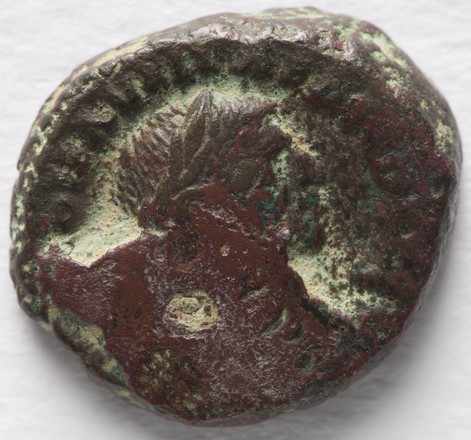Anzacs at
Gallipoli found two ancient cities and settlement at Lone Pine
ANZACs landing at Gallipoli in 1915 discovered classical ruins
from antiquity while digging trenches, and uncovered evidence that Lone Pine –
now a place of pilgrimage for many Australians – was already a place of special
significance to people in the ancient world.
Associate Professor Chris Mackie, from the
University of Melbourne’s Centre for Classics and Archaeology says that
soldiers in the Gallipoli campaign found ancient Greek and Roman remains while
digging during 1915, and in the years immediately after the fighting.
“At Suvla Bay after the August 6 offensive the British found two Roman
inscriptions written in Greek, together with various coins and other finds,”
says Associate Professor Mackie, who has extensively researched the classical
history of the Gallipoli Peninsula, Hellespont and the Dardanelles, and who is
part of a University of Melbourne-Australian National University team writing a
broad history of the Gallipoli Peninsula from antiquity through to the modern
era.
“Collectively, the soldiers’ finds identified the ancient Greek city of
Alopekonnesos. This city had been known about from ancient sources, but the
finds during the 1915 campaign identified with some certainty that the city was
located at Suvla.”
Professor Mackie says there were numerous finds of ancient artifacts at Cape
Helles, at the tip of the Gallipoli peninsula.
“A British engineering unit found an important inscription dating from the
second century BCE referring to another struggle for control of Gallipoli,
while the French forces authorised a complete archaeological excavation of a
cemetery site at Helles, uncovered when the soldiers’ picks kept striking
ancient materials,” he says.
“These finds helped to identify the important ancient city of
Elaious, located at the very tip of the peninsula looking across at the Asian
side.”
But Professor Mackie says perhaps of most significance to Australians reflecting
on ANZAC themes this weekend is literary evidence that Lone Pine, where so many
soldiers on both sides lost their lives, had been a place of special meaning
for people in antiquity, and perhaps in the period since then.
“The heights above Anzac would seem to have housed ancient settlements,” he
says.
“We know from the diary of the Australian sapper Sergeant Lawrence that he came
upon ancient pots or sarcophagi during his work digging trenches at the Pimple
in 1915. Charles Bean, the official historian of Australia’s participation in
World War 1, also found a coin on the path between the Nek and Russell’s Top on
a visit to Gallipoli in 1919 (although he lost the coin before he could
identify it).”
But he says an unpublished document now reveals something more significant.
“Colonel Crouch, who fought at Gallipoli during the campaign, returned to
Turkey afterwards for a visit, and was invited by Colonel Hughes, an important
member of the Imperial War Graves Commission, to re-visit the peninsula. In his
thoughts on the visit written in 1924, Crouch pointed out that ‘it will
interest the Lone Pine defenders to know that when the Commission was digging
for the site of the obelisk, they discovered a Roman camp, old Roman remains,
and coins, and some old skeletons’.
“So visitors to the Obelisk, while sensing the pathos and historic significance
of the Lone Pine site, will now be aware that other people, from other
millennia, had lived, fought and died on that very place,” he says.



 Back to list
Back to list